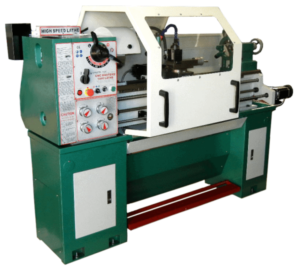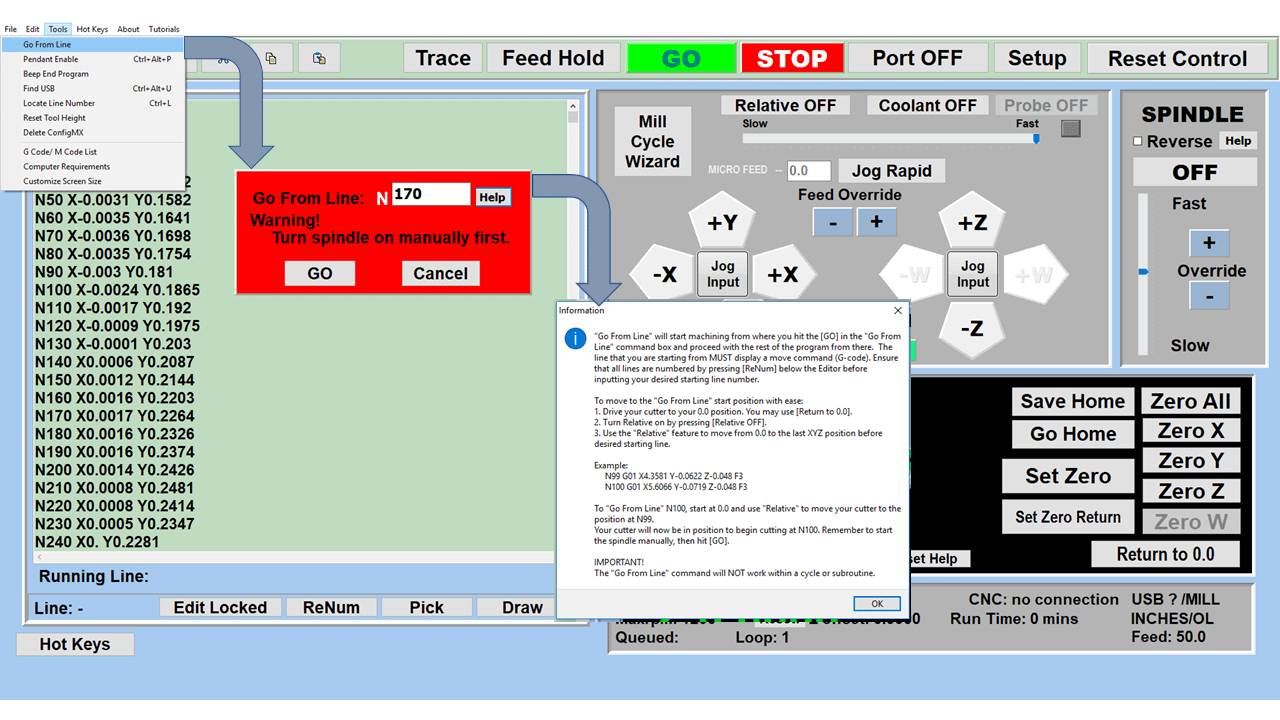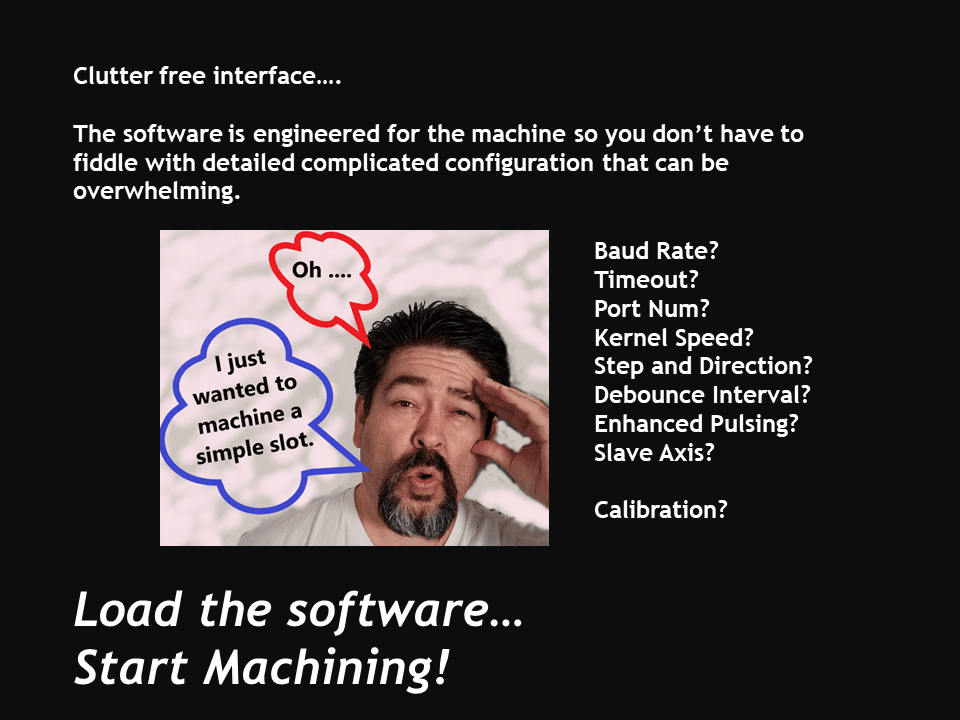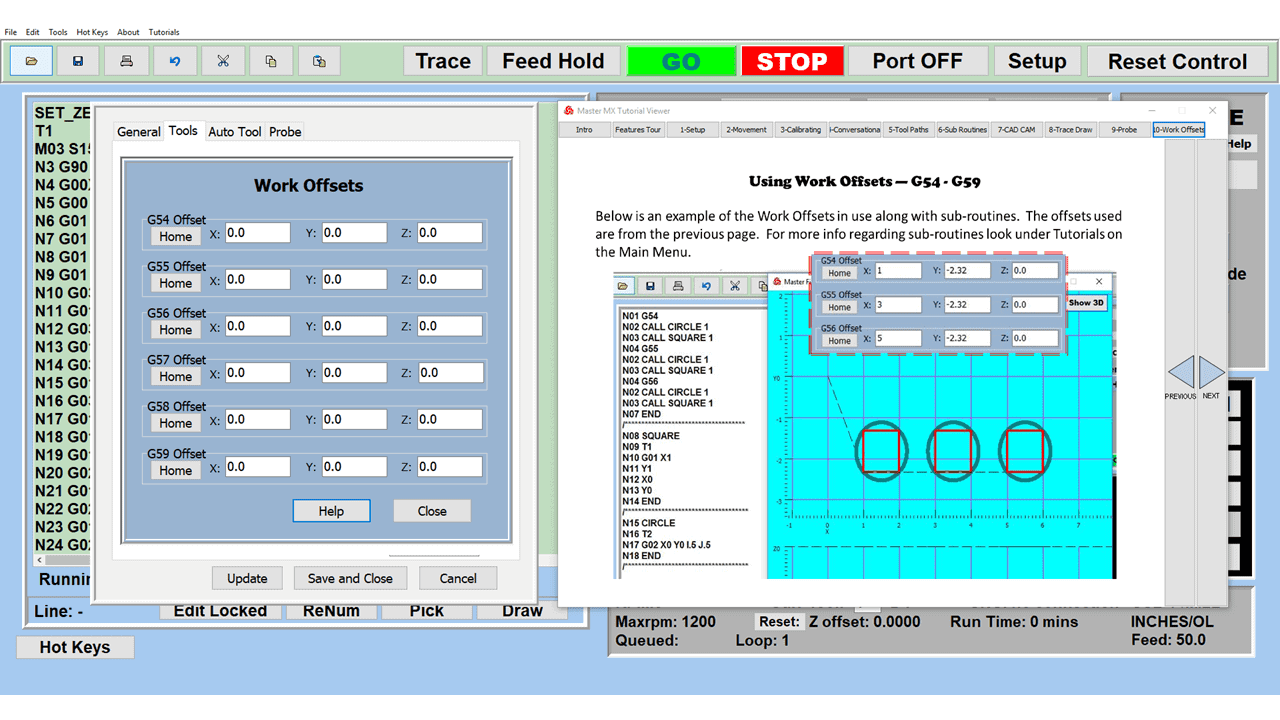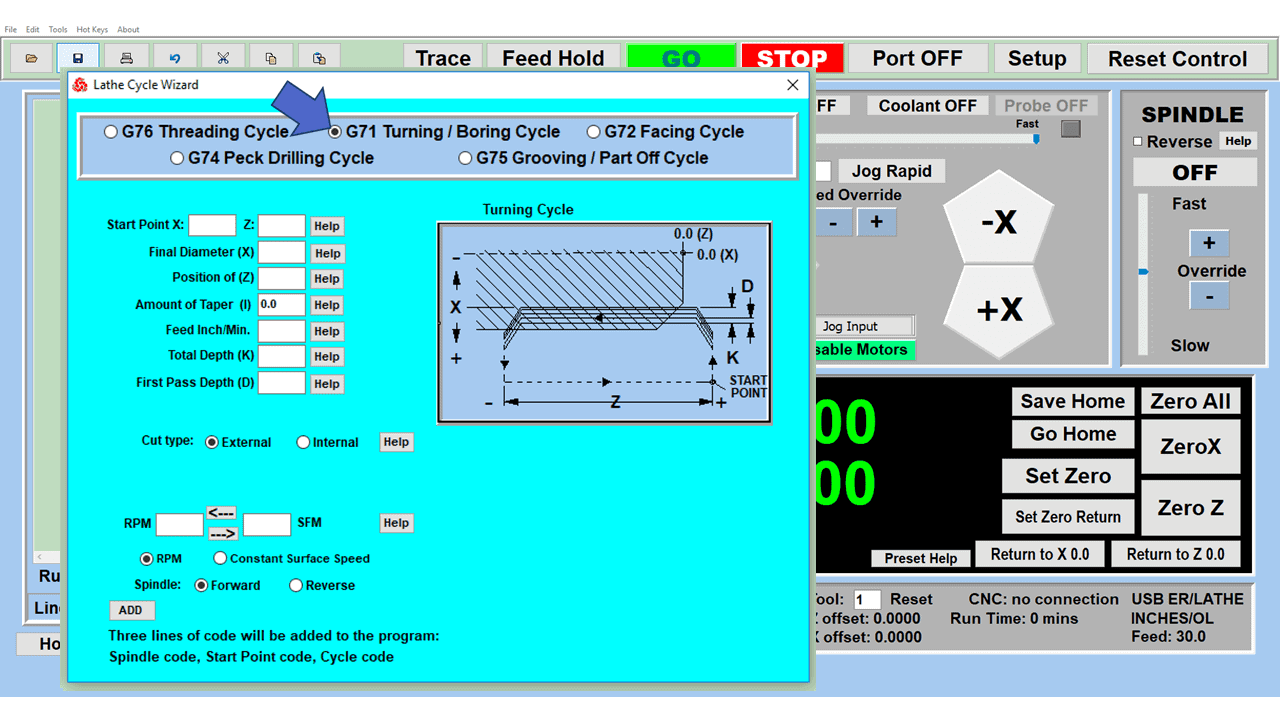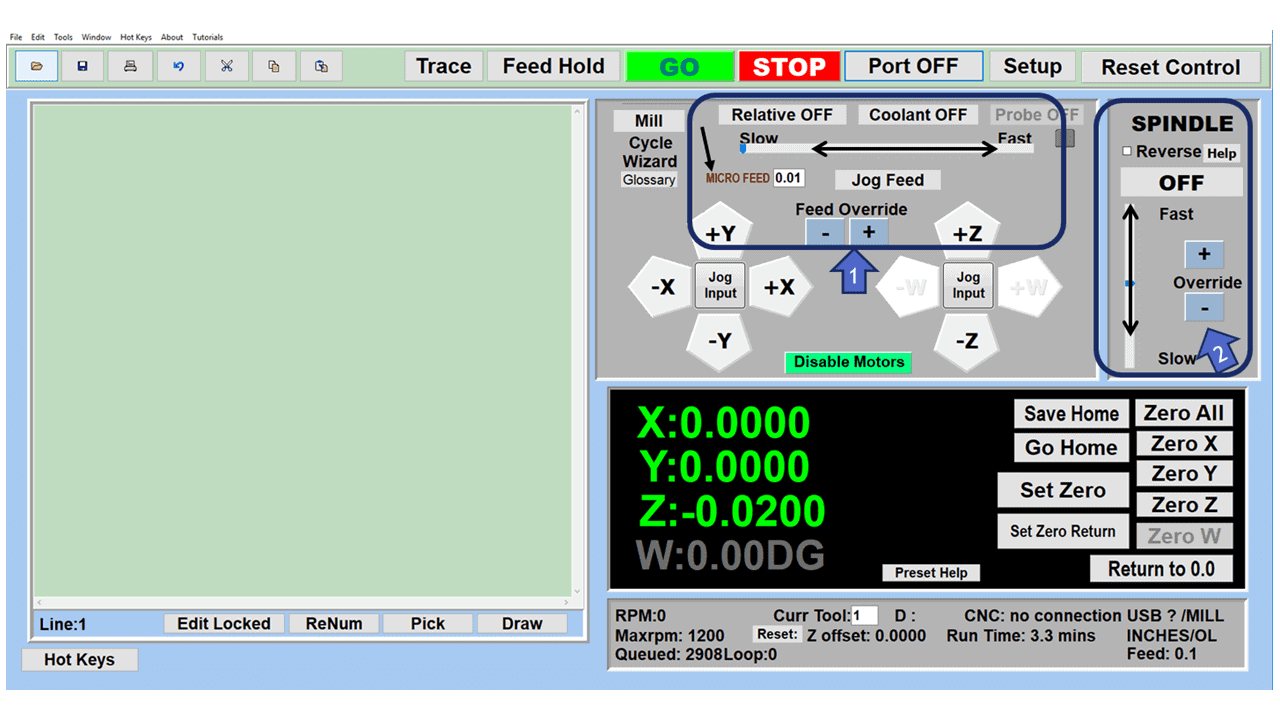Not too long ago, the idea of a hobbyist, do-it-yourselfer (DIY), or machinist working from a garage or workshop would have a milling machine, let alone a CNC mill, was a foreign notion. After all, even a small milling machine like a Bridgeport vertical mill was likely well beyond their budgets, and the floor space required for a typical mill was not available in their confined working area.
However, the advent of micro-mills (a.k.a. mini-mills, benchtop, and desktop mills) has allowed practically anyone access to high-precision machining. Add a mini-lathe, drill chuck, and various end mills, and owning a machine shop with a relatively inexpensive investment is possible. And as more entrepreneurs try their hands at manual and CNC milling, a new crop of machine tools is popping up to meet those needs.
But mini-mills are like fingerprints or snowflakes in that no two are alike. So, finding a milling machine that’s right for you can be challenging. We can help by showing you what to look for as you begin your search and to avoid those inevitable pitfalls.
But first, let’s ensure you clearly understand what defines a mini milling machine and its common uses.
What is a Mini Milling Machine?
A mini milling machine is a smaller version of a full-sized milling machine without all its features. The mills are manufactured under brand names that might be unfamiliar, such as Proxxon, Grizzly, Jet, and the Klutch Mini Milling Machine. Available from Amazon and designed to produce small parts in shops with limited space and budgets, some models offer helpful features while others have few. It’s essential to shop carefully since the specifications for these mills differ considerably. Here are a few examples:
Table size: 3-5/8″ x 15-3/4″ up to 4.7″ x 18.1″
X and Y-axis travel: 7-5/16” x 4” up to 11.8” x 5.1”
Spindle taper: R8 collets or #3 Morse taper
Head tilt: Solid column (no tilt) vs. tilting headstock (45° in either direction)
Horsepower: 0.47 HP (350W motor) vs. 0.67 HP (500W motor)
Weight: 18.1 pounds (Proxxon Micro Mill) vs. 440 pounds (Jet Mill-Drill)
Although most mini-mills operate under 110-volt household current, some might require an upgrade to 220V. Also, remember that machines weighing less than 100 pounds will be more portable than their heavier counterparts. Still, the heavy-duty cast iron models will allow for deeper cuts and tougher metal machining without vibration.
What are the Primary Applications for a Mini Metal-Working Machine?
Many mini-mill operations will entail machining small parts and components, which are not usually clamped directly to the worktable using clamps in the t-slots. Because of this, a high-quality vise should be one of your first purchases.
While holding the workpiece securely, you can do face milling, slot milling with end mills, or other functions with various cutting tools. You can also take advantage of the machine’s drilling capacity by using it as a variable speed control drill press.
If you’re anticipating precision milling or placing holes in your workpiece accurately with your drilling machine, consider adding a digital readout (DRO) to make that possible. Also, remember that all your milling operations will be faster and more efficient with a power feed on the X-axis.
One final suggestion: if you still need to buy a metal lathe for your shop, a rotary table can be a cheaper option for machining round work.
What are the Differences between a Mini Mill and a Regular-Sized Mill?
Although manufacturers often market mini-milling machines as miniature versions of full-sized industrial machine tools in large factories, that’s not the whole story. Mini milling is ideal for DIY enthusiasts and freelance machinists working on smaller parts, but their table size and reduced horsepower limit the projects they can accomplish with them.
A standard Bridgeport-style vertical knee mill weighs about 2,000 to 3,000 lbs. with considerably more travel on all three axes. They can withstand deeper cuts and faster feed rates without a hint of vibration. As mentioned, some smaller mini-mills weigh over 400 pounds while others weigh less than a quarter of that, limiting their efficiency. Most of their motors generate about 1/2 horsepower, while a 2J Bridgeport head has a 3-HP motor.
Unfortunately, a full-sized milling machine is not an option for those working from their basement, garage, or small workshop. The footprint or the height of a standard-sized milling machine eliminates it from consideration. So, a high-quality mini-mill is the hands-down winner regarding floor space, price, and portability.
Despite the price, weight, and capability differences, both machine types offer similar machining methods, including using carbide and high-speed steel (HSS) cutting tools, the ability to use the mini-mill as a drill press, and the flexibility to machine various materials and turn it into a woodworking machine, for instance.
Must-Have Features of Mini Milling Machines
1. CNC Machining Capability
If you want to take advantage of your machine’s potential, consider a CNC milling machine over a standard mini-mill. Although CNC automation might initially sound intimidating, modern CNC machine tools are more user-friendly, making them easier to learn and operate. And the benefits they provide will far outweigh any learning curve you experience.
2. Versatility
Although CNC capability expands your work on your mini-mill, sometimes you must drill a few holes or add a milled slot. Having a machine that seamlessly converts from CNC mode to manual operations and back again is an invaluable feature.
The three desktop milling machine models from CNC Masters come with hand wheels on each axis for manual machining. The mills have a “motor disengage” feature that retains computer spindle speed control for the machine.
3. Dovetail Ways
For accurate alignment and movements, any mini-mill should have hand-scraped dovetail ways with tapered gibs on the column, X-axis table, and Y-axis saddle.
4. Table Size and Machine Weight
Mini-milling machines come in various sizes, and buying a low-priced tiny machine might be tempting. However, it might not meet your needs since it will limit the projects you can take on. Furthermore, only some cheap, lightweight mills are typically built to last. Remember, larger mini-milling machines enable you to work on more projects, and heavier models have a sturdier base to enhance accuracy and precision.
The lineup of desktop milling machines from CNC Masters has generous table travels of up to 21.5” on the X-axis and 10.5” on the Y-axis. The machines weigh from 700 to 900 lbs., but their small footprints make them ideal for those working with limited floor space.
5. Sufficient Power
Depending on your machining goals, power is critical to consider before buying a milling machine. The mini-mill’s power determines which projects it can handle. For example, if you plan to machine stainless steel, you need a powerful machine. Any steel requires relatively high horsepower, and a 1/2 horsepower machine will struggle to cut it.
Unless you intend to confine your applications to woodworking, look for a machine delivering two horsepower from its spindle, so you can efficiently machine any material that comes your way.
6. High-Speed Spindle
Spindle speed is another critical factor to consider when buying a mini-mill. Because various materials require different speeds, ensure that the machine you choose has variable speeds up to 4500 RPMs so you have convenient speed adjustments to match the material and the workpiece’s requirements.
7. Vibration-Free Operation
If high precision and accuracy are essential, look for a machine tool with a sturdy base. The best mini-mills are vibration-free and manufactured from cast iron, which absorbs vibrations and lasts indefinitely. Cast iron is heavy, so eliminate any products weighing 100 to 200 pounds. They will disappoint you if you want accuracy, durability, and no vibration from your machine.
8. Competitive Price
One of the primary reasons for buying a mini-mill is to save money. Even used full-sized milling machines come with a hefty price tag, especially CNC mills. And even though some mini-mills come with a “bargain-basement” price, you must consider your needs, and if they include CNC machining, 3D surface milling, and mold making, a 3-axis CNC tabletop mill with user-friendly software could be a perfect fit for you.
The good news is that you can have a mill that fits the criteria for under $6,000. The multipurpose CNC Jr. Benchtop Milling Machine from CNC Masters has a rugged cast iron base, G-CODE file interpreter, X & Y ball screws with pre-loaded ball nuts, and a CNC Control Unit starting a $5,893!
9. Digital Readout (DRO)
If you want to improve your machining efficiency, consider adding a digital readout to your mini-mill. A DRO displays the cutting tool’s X, Y, and Z positions in inches or metric, so you won’t misread handwheel dials or lose count of the wheel rotations, reducing costly and frustrating mistakes. They provide accuracy for milling machines, lathes, and other machine shop equipment while improving your productivity and the quality of your work.
10. Power Feed
If you anticipate lots of milling work, having a power feed on the X-axis of your mill is a must. Not only will you avoid hand-cranking the cutter through several long passes, but a rapid-traverse feature will return the tool to its starting point—all at the press of a button!
11. Warranty and Service
Even the best benchtop mill needs occasional repair. If that happens soon after you buy the machine, a warranty protects you against a surprise expense. A reputable manufacturer will include a one-year warranty with the option to purchase extra years.
Also, the money you saved on that lightweight mini-mill will quickly disappear if you must pay for troubleshooting or help with setup issues. CNC Masters provides unlimited “life-long” operational tech support with step-by-step troubleshooting and a walk-through process by email or phone!
A Mini-Milling Machine Meeting All the Requirements-
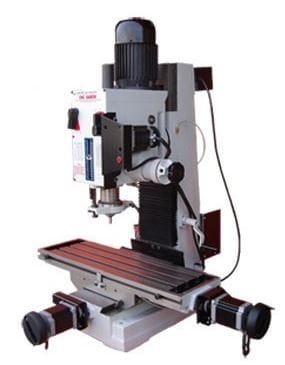
The CNC Baron desktop milling machine, manufactured by CNC Masters, is at home in every machining environment. Ideal for the hobbyist or machinist producing one part at a time or the large facility involved in mass production, the Baron can do it all without taking about lots of floor space or requiring complicated and expensive operating software. Here are only a few of its primary attributes:
- Generous table travel (21.5” on the X-axis and 10.5” on the Y-axis)
- Dovetailed column
- Vibration-free operation (this 900-pound workhorse will not dance across your shop)
- 2-HP spindle motor (no worries about stalling the cutting tool when machining steel)
- Handwheels for manual operation
- Ballscrews on the X and Y axes
- One-shot oil lubricant
- User-friendly operating software (included)
- Excellent warranty
- Unlimited “Life-Long” tech support (for as long as your company owns the Baron)
- Made in the USA
- And many other features.
The rugged cast-iron Baron is built to last. It is not a hobby machine but a serious machine tool built for hobbyists and professionals. Talk to an expert at CNC Masters to discover all the benefits this versatile machine can provide you!

